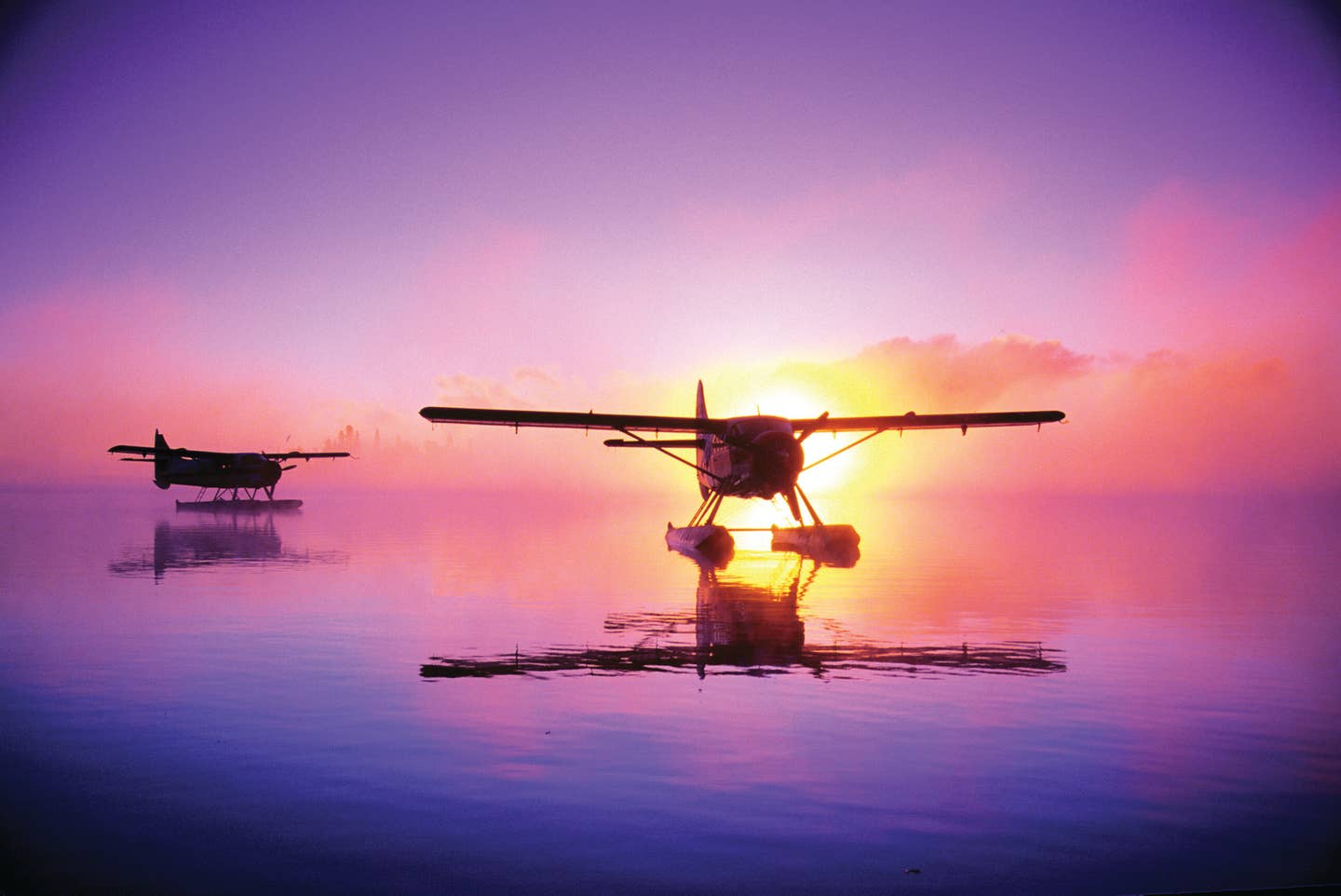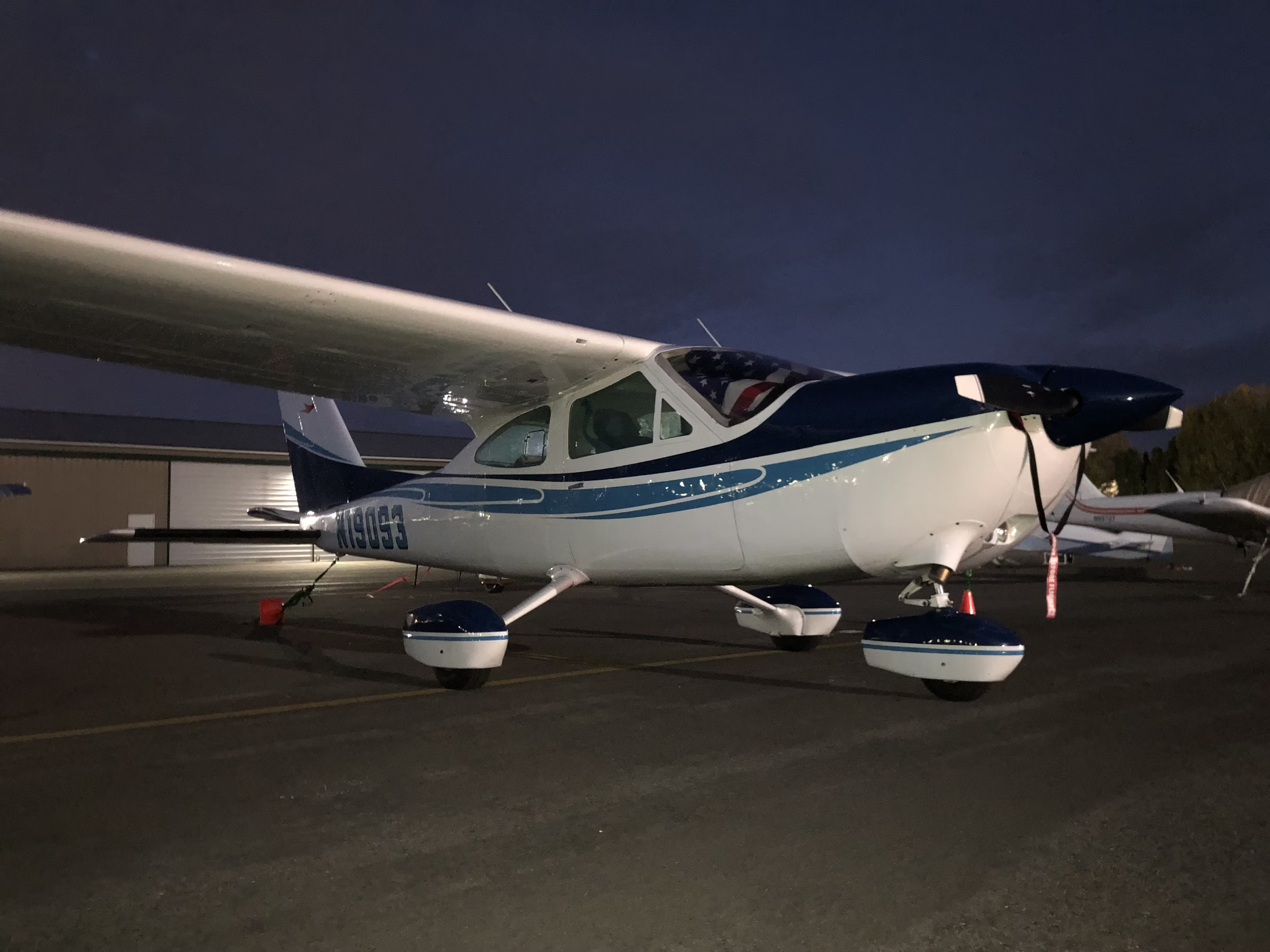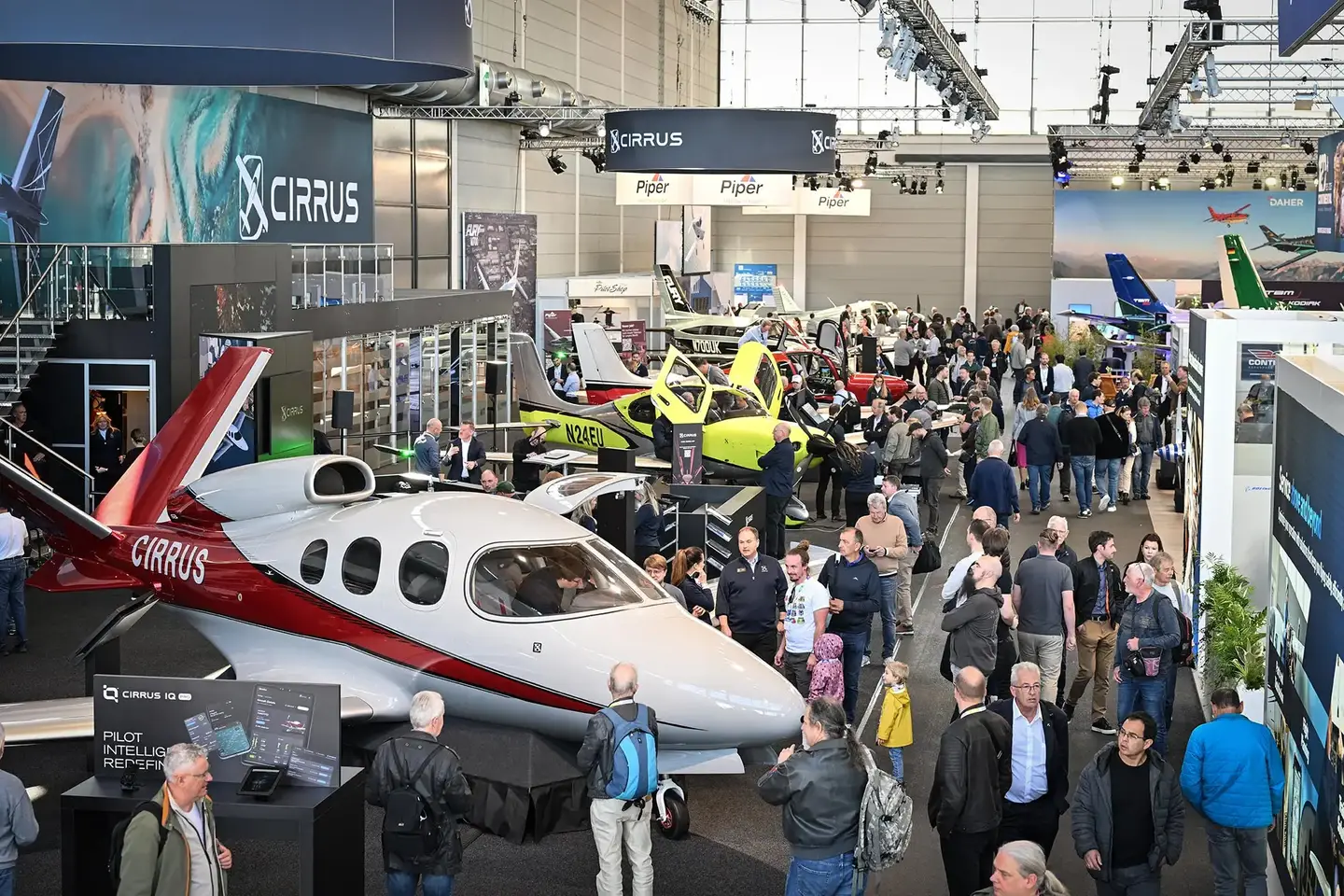For Those Aviators Attracted to Water
Flying on floats is a bucket-list item for many pilots.

One of the most common questions is: How long does it take to earn a seaplane rating? [iStock]
With the exception of the Space Needle, there is perhaps no image more iconic than a floatplane flying over water with Mount Rainier in the background. Floatplanes are as much a part of Seattle as Starbucks and the early days of Boeing Aircraft Co.
As such, there are two seaplane/floatplane training operations in the area: Seattle Seaplanes, located on the southeast corner of Lake Union (0W0), and Kenmore Air, with two locations, one on the northwest side of Lake Union (W55) and another on Lake Washington on the north tip of Renton Municipal Airport (KRNT).
If you're not already a subscriber, what are you waiting for? Subscribe today to get the issue as soon as it is released in either Print or Digital formats.
Subscribe NowWho Gets a Seaplane/Floatplane Rating?
There are three kinds of people who attain seaplane ratings.
The first are those who do it as a bucket-list item. They may never get near the water again, but they have the rating to show off. The second is the person who earns the rating because they dream about owning a seaplane someday. The third is the person, who by happenstance, luck, and/or determination, gets a job flying a float-equipped aircraft for scenic flights, taking fishermen and hunters to the backcountry, or providing flight instruction.
Sometimes it is a matter of being in the right place at the right time, as it was for Seattle resident Kit Warfield. Warfield, now retired, spent several years as a professional pilot at Seattle Seaplanes.
Warfield’s water journey began in 2008 when she was a land-based CFI teaching private pilot ground school. Two of the learners in the class were taking their training on floats and suggested Warfield reach out to their instructor, who was looking for pilots for his school.
“Like lots of land-based pilots, I always thought it would be fun to get a seaplane rating but didn’t actually pursue it directly,” said Warfield, noting that when she contacted the instructor at Seattle Seaplanes, she cautioned that she did not own a seaplane rating.
“My eventual boss replied, “That’s OK. I’ll train you, and then you can come work for me,’” Warfield said. “Hmm…Get a seaplane rating and get to use it?! Sign me up!”
Warfield earned her single-engine seaplane rating in August 2008. She has 4,100 hours total time, 3,800 in seaplanes. Much of that time came from instructing.
If the pilot in training already flies land airplanes, there can be some negative transference. For example, there are no brakes on the water, just energy to manage. This means you have to be extra vigilant when the aircraft is on the water because boats you’re sharing the space with don’t have brakes either, although there’s something to be said for reverse thrust.
“Once you are underway, you are truly underway. You can’t just set the brake and pause for a moment,” said Warfield. “Situational awareness is key all the time. Yes, that’s true with land planes as well, but seaplane pilots have to keep an eye out for paddle boarders, sailboats, watercraft,and occasionally wildlife.”
Warfield has seen whales, sea lions, birds, and even encountered a seal on one occasion during a landing.
“He regaled me then slipped back under the water,” she said. “I wonder what he thought of me and my airplane?”
Warfield puts on her CFI hat in offering advice to those who seek a seaplane rating.
“The Seaplane, Skiplane, and Float/Ski Equipped Helicopter Operations Handbook (FAA-H-8083-23) is an excellent resource for aspiring seaplane pilots and can be downloaded from the FAA website,” she said. “Learners who have tailwheel experience or sailing are often able to apply that experience to the seaplane training, as the seaplane is taxied with the yoke or stick all the way aft like a tailwheel-equipped aircraft, and the flaps, when deployed, act like sails, and if the pilot can read the wind, he or she can sail the seaplane like a boat on the water. There are some procedures that are slightly different from land procedures, such as performing the run-up before the aircraft leaves the dock, and you don’t goose the throttle to make a taxi turn.”
One of the most common questions is: How long does it take to earn a seaplane rating?
“My standard answer is: It depends,” said Warfield. “There’s no set hour requirement from the FAA, but it generally takes a pilot at least five to eight hours to get proficient in the basics. Pilots with a combo of tailwheel experience, sailing (or boating) experience, and comfort in a small plane really figure out SES pretty quickly.”
Warfield calls it very basic flying, meaning daytime VFR flight only.
“The planes I flew don’t have GPS or glass cockpit or anything fancy like that,” she said. “I look at it not as a challenge, though, but as an opportunity for the learner pilot to see just how much fun it is to fly a seaplane. In fact my boss said, ‘If they’re not having fun, you’re not doing your job right.’
“While it’s true a person can’t readily rent a seaplane, it is still worth getting a seaplane rating. It helps hone skills, observations, and you get to do all kinds of cool stuff with an airplane that you can’t do on land, e.g. step turns, or beaching the airplane somewhere. It’s a lot of fun and you learn a lot. So, why not?”
The Dream
Steve Skoog, a Seattle-area pilot who holds ATP ratings for both MEL and SEL as well as type rating for DA50 and LR-jet with a total of 6,500 hours with eight in seaplanes, said he had always aspired to earn a seaplane rating.
“Having grown up in the Pacific Northwest, I have always dreamed of getting a seaplane rating,” Skoog said. “My dream was actually to own a house on Lake Washington and Lake Chelan…and fly my seaplane back and forth. As an adult I now realize how dreadfully expensive that dream is, but I can’t wait to fly a seaplane from Lake Washington to Lake Chelan and back.”
There was definitely some negative transference, Skoog recalled.
“I would find myself rotating my feet forward on the rudder pedals, trying to apply the brakes that weren’t there,” he said. “When landing, as the seaplane slows down, you apply back pressure to keep the tips of the floats out of the water. Sounds simple, but as you come off step, the nose of the Cessna 172 seaplane really starts to pitch up. Every instinct and reflex told me to release the back pressure, but the proper procedure at that point in the landing is to keep full back pressure. It took me most of the week to overcome that habit.”
Splash-and-goes were easily his favorite part of training.
“You fly just above the water in the step attitude, then pull out a little bit of power, touch down momentarily, add the power back in, and return to flying a few feet above the water,” Skoog said. “You can do countless landings in just a matter of minutes.”
Resources
- The Seaplane Pilots Association (seaplanepilotsassociation.org) is one of the best sources for all things seaplanes.
- The Water Landing Directory, available as an app, can help you access information about waterways, seaplane bases, and fueling. It also provides a destination guide and event calendar along with a seaplane flight training guide that lists seaplane schools around the world with details about the type of aircraft they use and how to contact them.
History
The first aircraft produced by the Boeing Co. was on floats, the Boeing Model 1.
In 1916 William Boeing established the Pacific Aero Products Company (later known as Boeing) in the Pacific Northwest because of the abundance of spruce trees. Airplanes were made of wood in those days, and spruce is a light wood that can take a bullet as a through and through, unlike pine, oak, and alder that all splinter. Boeing wanted to sell aircraft to the military for use in World War I.
Boeing took his first airplane ride on a Curtiss seaplane, accompanied by Terah Maroney. Maroney was a pioneer of early aviation in the U.S. known for her barnstorming exploits.
In 1916 the Boeing Model 1, also known as the B&W, rolled out of the factory. However, the U.S. Navy rejected the design and instead it was sold to New Zealand Flying School.
This feature first appeared in the July/August Issue 949 of the FLYING print edition.

Sign-up for newsletters & special offers!
Get the latest FLYING stories & special offers delivered directly to your inbox







